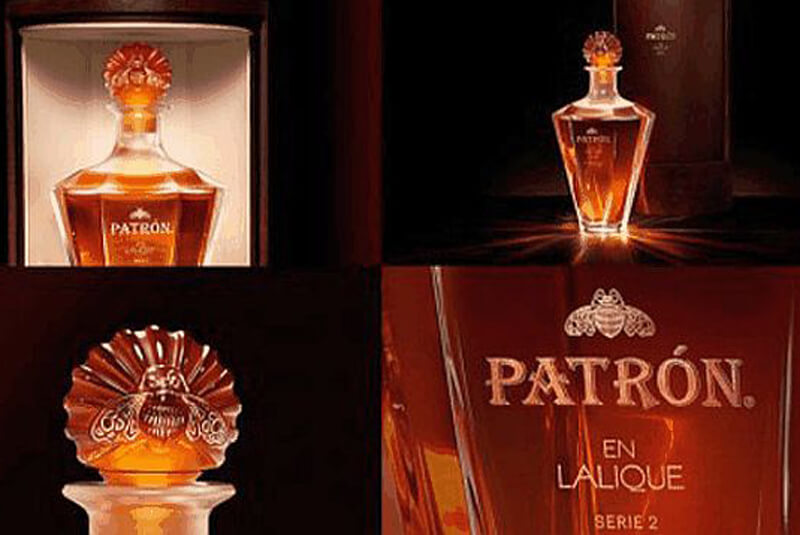

Depending on what you're looking for (something giftable, solid choices for padding out your collection of agave sippers, or simply looking for something new to throw back), there's plenty to choose from within each category.
#Top shelf tequila how to#
Now that you know how to distinguish tequila, let's get into some of the best options in each class. Meanwhile, añejo varieties tend to taste smoother and have a richer, more complex flavor profile (enhanced with spice and darker texture) thanks to all that time spent soaking in oak. Blanco tequila is considered the purest form of tequila, where the naturally sweet flavor and intensity of the agave are fully present and at their prime. While it's tempting to draw parallels between the length of aging and the quality of your tequila, the blanco tequila and the añejo varieties both hold their own for different reasons. After three years, the tequila is designated as “extra añejo” and takes on a rich, mahogany color. After a year of aging, the tequila darkens to an amber color and is known as a “tequila añejo” (which means “old” or “vintage” in Spanish). Then there's tequila reposado (meaning “rested” in Spanish), which spends between two months and 11 months aging in barrels. Generally, tequila is broken up into different classes based on the aging process-starting with blanco or “platinum” tequila, which is either bottled immediately after distillation or experiences very little aging, and comes out clear. American and French oak barrels are the standard for tequila aging, though distillers also like to experiment with whiskey, cognac, or wine barrels to infuse their tequila with a mixed flavor profile that has more spice or texture. Others, like its Roca line, are produced through a 100% tacona process.Īnother important distinction between types of tequila is the way the spirit has been aged, and how long it has been aged for. Patrón, which claims to have more working tahonas than any other tequila producer in the world, creates most of its tequilas through a combination of tahonas and a similar tool known as a roller mill. It's a tedious process that helps draw out the rich sweetness of the agave in the spirits it creates, yielding a more high quality tequila with more depth. The tahona method is an old-school way (literally centuries old) of producing tequila that involves using a big-ass wheel made of volcanic stone to crush agave in a pit after it's cooked. While the agave is mostly commonly torn apart using an industrial shredder, some tequila makers prefer to hearken back to tradition. Typically, when you're making tequila, the agave is harvested and the core of the plant-or the piña-is baked in ovens and shredded so the juice can be extracted and fermented, then distilled and aged. Some tequila brands also get really nerdy about the production process.


 0 kommentar(er)
0 kommentar(er)
